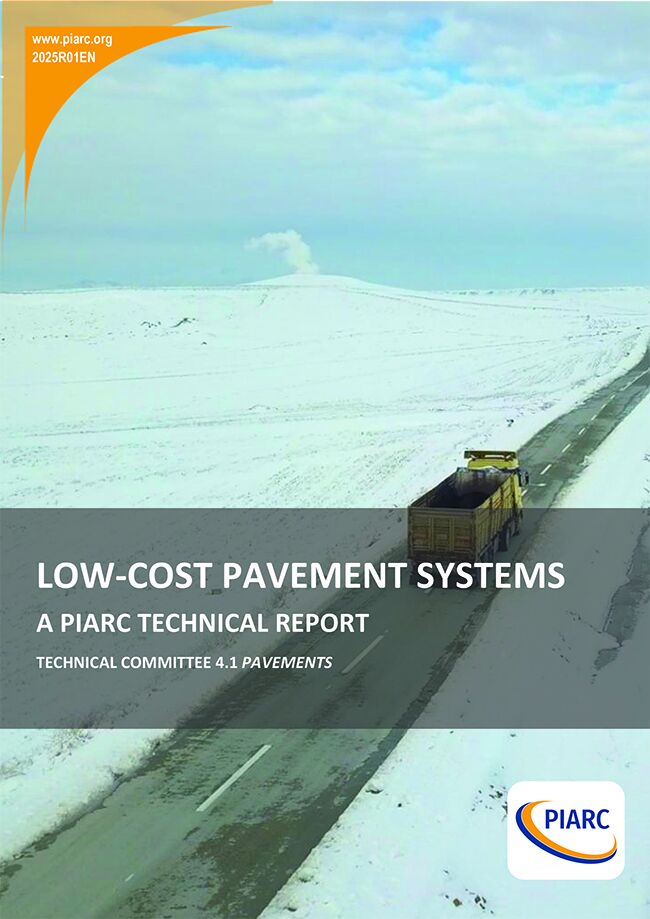Low-Cost Pavement Systems

This report presents the benefits of low-cost pavements to agencies and their challenges, based on real-life examples. It offers a methodology that can be adapted by the user to specific conditions or used as is with the suggested parameters.
Low-Cost Pavement Systems are defined as infrastructure solutions for road surfaces designed to minimize initial construction expenses and ongoing maintenance costs while ensuring adequate performance and durability. A Low-Cost Pavement System should ensure the following basic properties in terms of pavement performance and serviceability:
1. Provide a sufficiently strong structure,
2. Provide a durable wearing surface,
3. Restore or improve pavement surface,
4. Protect the pavement structure and/or surface.
A low-cost option at the construction phase may not necessarily be a low-cost alternative during the life cycle. The typical cost of a road over its life cycle includes construction cost, operational and maintenance cost over the life cycle, environmental cost. This report lists some of the factors that have an impact on costs. The report also presents a Strategy for Low-Cost Pavements Systems, structured around material efficiency, innovative construction techniques, and sustainable practices. It describes the steps associated with the evaluation of local conditions to arrive at the most appropriate option. The socio-economic and technical factors are also discussed.
The report presents several technical options with relevant illustrations, including earth roads (made of local soil), gravel roads, macadam roads, soil stabilized roads, surface treated roads, and paved roads.
Information sheet
- Date: 2025
- Author(s): Comité technique / Technical Committee / Comité Técnico 2020-2023 4.1 Chaussées / Pavements / Pavimentos
- Domain(s): Road Pavements
- Type: 2025R01EN - A PIARC Technical Report
- PIARC Ref.: 2025R01EN
- ISBN: 978-2-84060-773-1
- Number of pages: 34